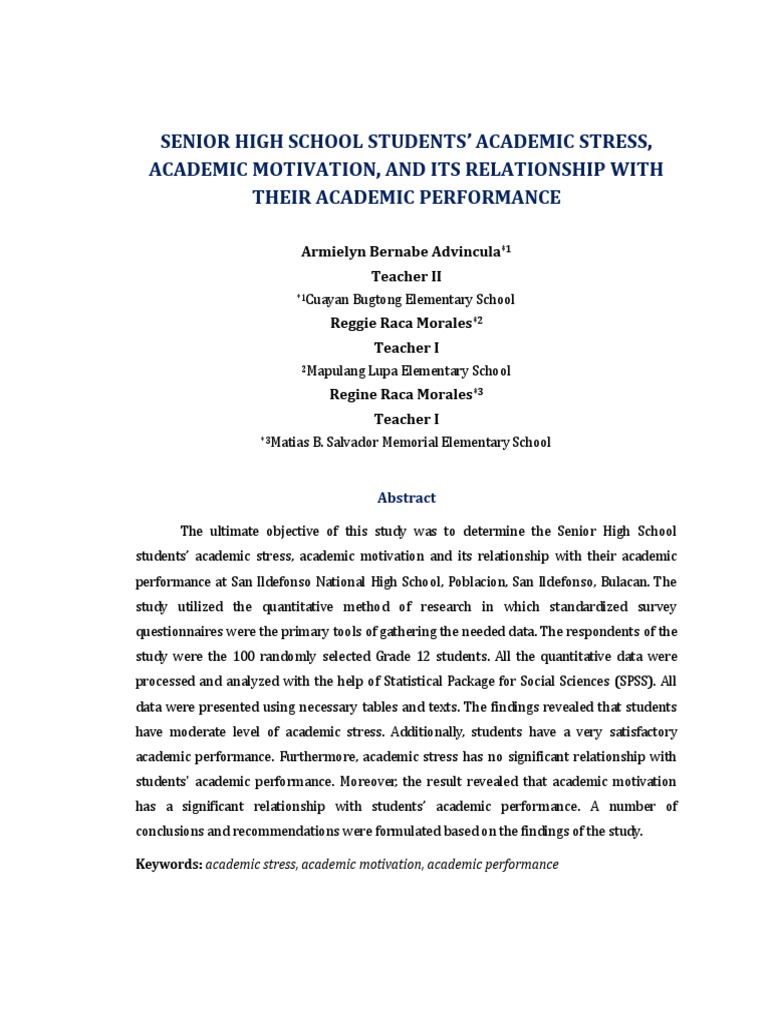Deib: Boost Inclusion & Equity
The pursuit of true diversity, equity, and inclusion (DEI) has become a cornerstone of modern organizational culture, recognizing that a workforce rich in diverse perspectives, experiences, and backgrounds is pivotal for innovation, creativity, and ultimately, success. However, the journey towards achieving a genuinely inclusive and equitable environment is complex and multifaceted, requiring a deep understanding of the barriers that stand in the way. One critical aspect often overlooked in the broader DEI conversation is the role of disability, and specifically, the strategies and practices that can be employed to boost inclusion and equity for individuals with disabilities.
At its core, disability inclusion is about creating an environment where every individual, regardless of their abilities, can participate fully, contribute their talents, and reach their full potential without facing barriers. This involves not just physical accessibility but also ensuring that policies, practices, and cultures are inclusive and free from discrimination. Yet, despite the importance of disability inclusion, individuals with disabilities often face significant challenges in the workplace and society at large, from inaccessible infrastructure to bias and stereotypes that limit their opportunities.
Understanding the Challenges
To truly boost inclusion and equity for individuals with disabilities, it’s essential to understand the challenges they face. These can range from physical barriers in the built environment, such as lack of ramps or accessible restrooms, to digital barriers, like websites that are not compatible with screen readers. Beyond these tangible obstacles, there are also intangible barriers, including discrimination, stigma, and lack of accommodations that can hinder an individual’s ability to participate fully in the workforce or community activities.
Moreover, the experiences of individuals with disabilities can vary widely depending on the nature of their disability, their socioeconomic status, gender, race, and other factors. For instance, women with disabilities may face both sexism and ableism, compounding the challenges they encounter. Similarly, individuals from racial or ethnic minorities who also have disabilities may experience intersectional discrimination, where their disability compounds the biases they face due to their race or ethnicity.
Strategies for Boosting Inclusion
Boosting inclusion and equity for individuals with disabilities requires a multifaceted approach that addresses both the physical and attitudinal barriers they face. Here are several strategies that organizations and communities can adopt:
Physical and Digital Accessibility: Ensure that physical spaces and digital platforms are accessible. This includes installing ramps, elevators, and accessible restrooms in buildings, as well as designing websites and digital tools that are compatible with assistive technologies like screen readers.
Inclusive Hiring Practices: Implement hiring practices that are inclusive and welcoming to individuals with disabilities. This can include training interviewers to ask inclusive questions, providing accommodations during the hiring process (such as sign language interpreters or providing application materials in braille), and actively seeking out candidates with disabilities.
Accommodations and Support: Provide necessary accommodations and support to enable employees with disabilities to perform their jobs effectively. This can include flexible work arrangements, assistive technology, and resources for mental health support.
Education and Awareness: Promote education and awareness about disability and inclusion among all members of the organization or community. This can help reduce stigma and stereotypes and foster a more inclusive culture.
Feedback Mechanisms: Establish feedback mechanisms that allow individuals with disabilities to share their experiences and suggest improvements. This can include regular surveys, focus groups, or designated points of contact for disability-related issues.
Policy Development: Develop and implement policies that promote inclusion and equity for individuals with disabilities. This can include disability-specific policies, as well as ensuring that broader organizational policies consider the needs of individuals with disabilities.
The Role of Technology
Technology plays a crucial role in boosting inclusion and equity for individuals with disabilities. Assistive technologies, such as wheelchairs, prosthetics, hearing aids, and screen readers, can significantly empower individuals with disabilities, enabling them to participate more fully in various aspects of life. Moreover, digital technologies, including telehealth services, virtual reality, and accessible mobile apps, can provide greater access to healthcare, education, and employment opportunities.
However, the benefits of technology can only be fully realized if it is designed with accessibility in mind. This involves following accessibility guidelines, such as the Web Content Accessibility Guidelines (WCAG 2.1), and conducting usability testing with individuals with disabilities to ensure that products and services are usable by everyone.
Conclusion
Boosting inclusion and equity for individuals with disabilities is a complex and ongoing process that requires commitment, understanding, and action from organizations and communities. By recognizing the challenges faced by individuals with disabilities, implementing strategies for inclusion, and leveraging technology in accessible ways, we can work towards creating a more inclusive and equitable society for all. This journey is not just about social responsibility or compliance with legal requirements; it’s about tapping into the full potential of every individual, regardless of their abilities, and fostering a richer, more diverse, and more vibrant community.
Expert Insight: The inclusion of individuals with disabilities is not just a moral imperative; it also makes economic sense. A study by Accenture found that companies that embrace best practices for disability employment and inclusion tend to outperform their peers, seeing an average increase of 28% in revenue.
Implementing Disability Inclusion Strategies: A Step-by-Step Guide
- Assess Current State: Conduct an accessibility audit of physical and digital spaces to identify barriers.
- Develop an Inclusion Plan: Based on the audit, create a comprehensive plan to address identified barriers and promote inclusion.
- Provide Training: Offer training for employees on disability awareness, inclusion, and support.
- Implement Accessibility Features: Act on the inclusion plan by implementing physical and digital accessibility features.
- Monitor Progress: Regularly assess the effectiveness of inclusion strategies and gather feedback from employees with disabilities.
Pros and Cons of Implementing Disability Inclusion Strategies
| Pros | Cons |
|---|---|
| Enhanced diversity and innovation | Initial investment for accessibility modifications |
| Access to a wider talent pool | Potential need for ongoing staff training |
| Improved brand reputation | Need for continuous monitoring and adaptation of strategies |
What are the benefits of hiring individuals with disabilities?
+Hiring individuals with disabilities can bring a unique set of skills and perspectives to the workplace, enhancing innovation and problem-solving. It also contributes to a more diverse and inclusive work environment, which can improve employee satisfaction and retention.
How can organizations ensure their digital platforms are accessible?
+Organizations can ensure their digital platforms are accessible by following guidelines such as the Web Content Accessibility Guidelines (WCAG 2.1), conducting accessibility audits, and testing with users who have disabilities to identify and address any barriers.
What role can technology play in promoting disability inclusion?
+Technology can play a significant role in promoting disability inclusion by providing assistive technologies, accessible digital platforms, and innovative solutions that can facilitate the participation of individuals with disabilities in various aspects of life.

